The Stunning Ocean Colors of Miyako Island
Explore the many charms of Miyako Island’s vibrant seaside
The recent development of Miyako Island and the surrounding islands is remarkable. In 2019, an international airport opened on Shimoji Island, and visitors from all over the world are now coming to take in the stunningly beautiful sea surrounding the islands. The color of the sea is so vivid it has earned its own moniker of “Miyako Blue.”
Visitors can easily explore the surrounding islands while staying on Miyako Island, as many of them are connected by bridge. Following is a suggested three-day itinerary that gives an overview of many options available for visitors to experience the raw beauty and uniqueness that makes Miyako Island one of the prime tourist destinations in all of Okinawa.
Day 1: Enjoy the colorful ocean and savor desserts
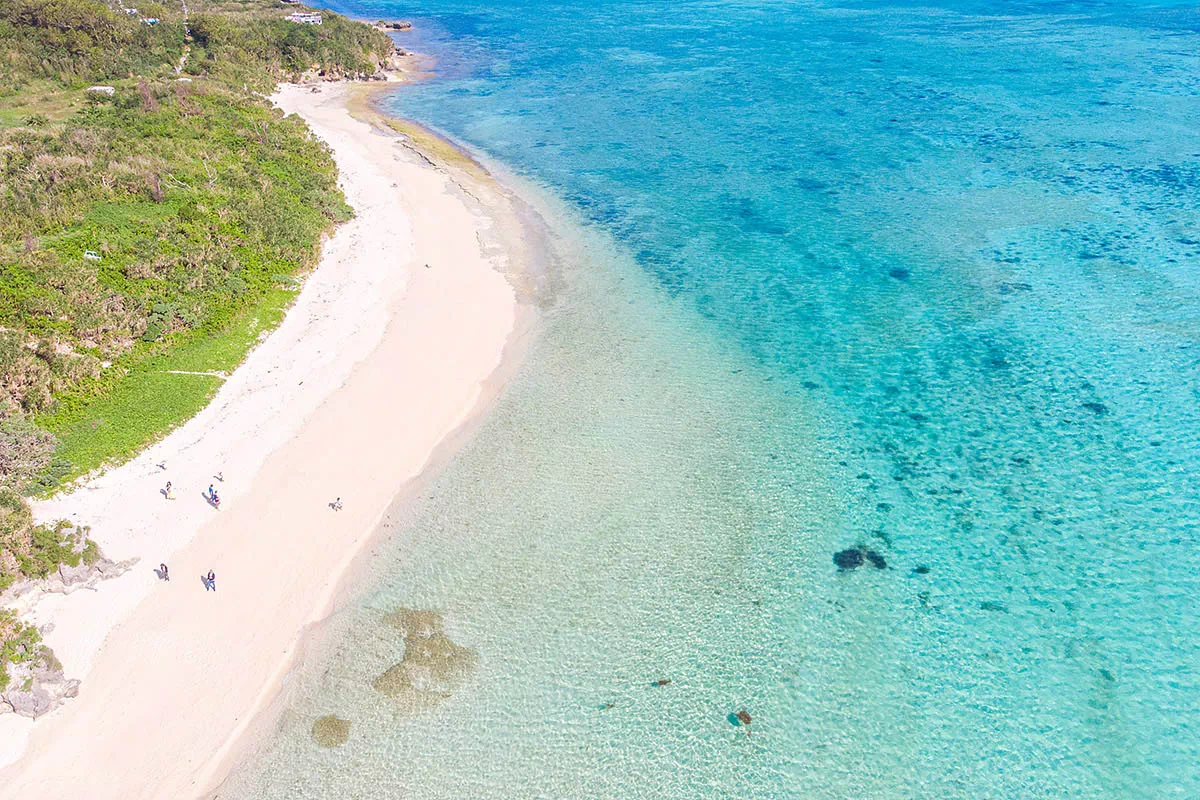
Our journey starts with a one-hour flight from Naha to Miyako Airport. On arrival, take a rental car to Yoshino Beach on the east coast of the island. This aquatic paradise is famous for snorkeling, and you can also enjoy the glory of the sea from the sky while strapped to a paraglider. Yoshino Beach is home to Miyako Island’s only qualified paraglider and motor paraglider instructor. He offers two-seater tandem flights that take you to float in the air over a beautiful coral reef. The view provided is sure to make you fall in love with Miyako Blue.
The aerial adventure lasts about 20 minutes, but at times you may have to wait for sufficient wind to arrive to carry you away. However, the spectacular view from the hills and the chance to pop down for a quick swim make time fly. The journey over the contrasting sky, forest, and blue sea will give you memories for a lifetime.
Next, we headed across the Kurima Ohashi Bridge to Kurima Island. It’s a small island with a circumference of only nine kilometers, where you can enjoy different shades of the Miyako Blue sea on all sides. We also recommend the many restaurants on the island, many of which are photogenic “destination cafes.”
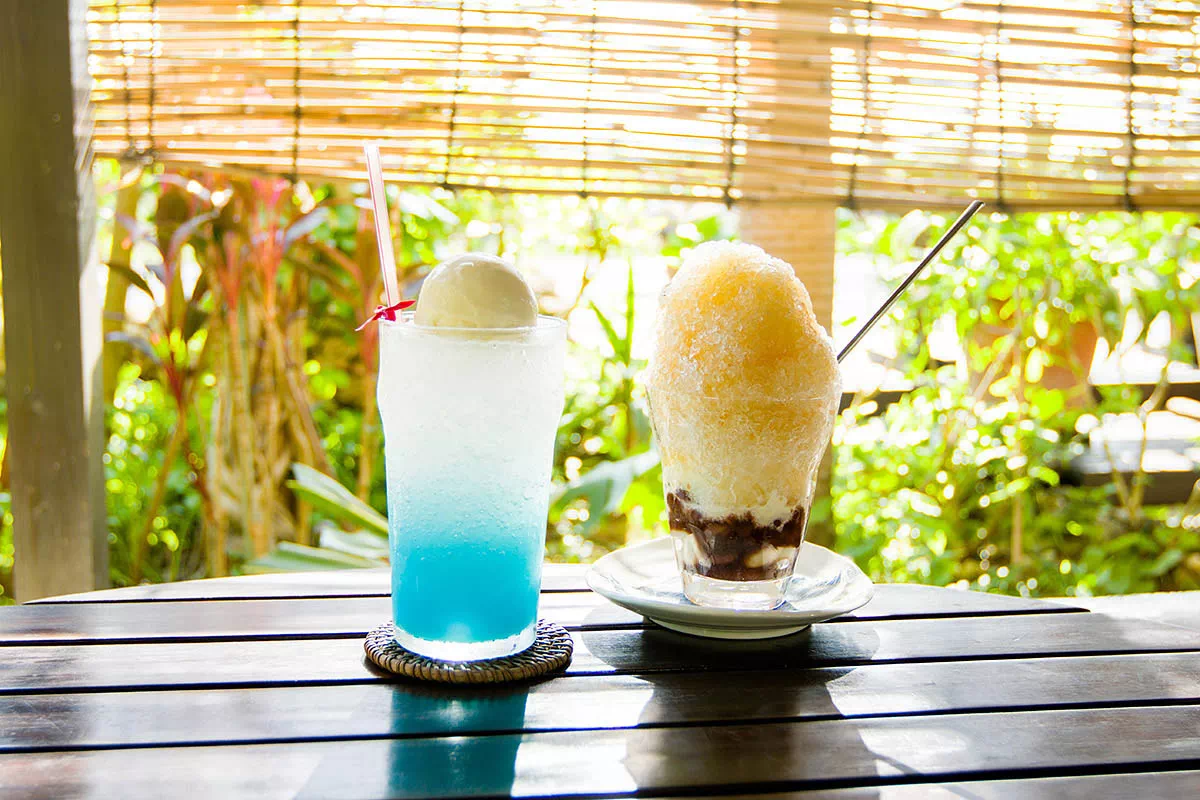
After enjoying the sea view from the Ryugujo Observation Deck just across from the Kurima Ohashi Bridge, we recommend popping into the nearby cafe-restaurant Rakuen no Kajitsu.
The restaurant is a showcase of the island’s gourmet scene. The meals at Rakuen no Kajitsu are made with ingredients sourced locally from Kurima Island and the surrounding islands. The menu features the very best the local land and sea have to offer. The desserts are superb, and whether your preference is for the fully ripe sweetness of mango or the crisp taste of dragon fruit, the giant-sized parfaits will surely put a smile on your face.
Just across the street is Pani Pani, an open-air cafe full of tropical atmosphere. The cafe primarily serves delicious light meals, such as hot sandwiches and pizza, but the house specialty is its original drink menu. We highly recommended the surrounding Miyako-Blue-inspired cream soda. It’s a refreshing, vibrant light-blue soda with ice cream floating on top that will blow away your travel fatigue. In such relaxing surroundings, your mind and body can adjust to island time, and recharge your batteries for the rest of your journey.
After the sodas at the cafe, the next stop is Musunun Beach, a sunset spot on the southwestern part of the island. You can sit on the shore or walk along the beach while watching the Miyako Blue sea take on the colors of the sunset, before slipping into darkness. While there are usually many travelers who make their way to this beach, from families to romantic couples, the sense of distance created by this beach is just right, and you should be able to have a pleasant time in your thoughts and activities.
Day 2: Japan's “Great Barrier Reef” and the mysterious “goat pyramid”

Take the Ikema Ohashi Bridge to Ikema Island. Immediately after the bridge, there are shopping kiosks and an observatory that is well worth the stop just to take in the peaceful atmosphere and the surrounding panorama of the sea. As you drive around the island, there are small beaches scattered along the coastline, so if you have time you can stop and take a swim.
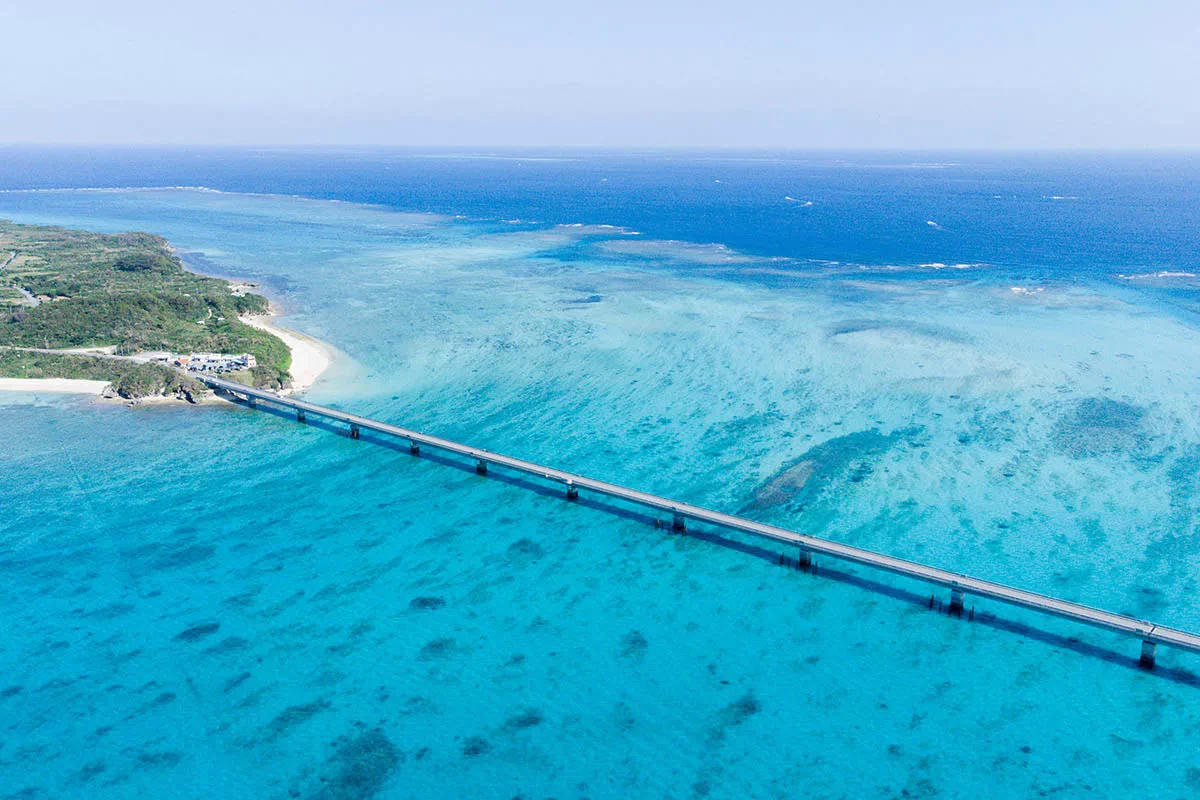
The shortest distance to get to the Yabiji Coral Reef, often called Japan’s “Great Barrier Reef,” is from Ikema Island. It is one of Japan’s largest coral reefs, with a circumference of about 25 kilometers, and contains over 100 coral atolls. Famous as a snorkeling and diving spot, it is a prime location to experience the beauty of the colorful coral reefs, and to get up close to the countless tropical fish that flock to the area. Local dive shop Aqua Base offers a range of tour options to Yabiji, including a snorkeling tour suitable for families with children over six years of age.
Only 30-minutes by boat, the snorkeling spot has a vast number of overlapping tabletop corals that are sure to impress. Dive into the Miyako Blue water to be surrounded by countless tropical fish, and sea turtles swimming nearby. Be sure to follow your guide while snorkeling so as not to damage the precious coral reefs. The three-hour tour also includes spots where, if lucky, you might encounter manta rays and dolphins to cap off a perfect underwater experience.
After enjoying the wonders of the sea, be sure to take in the rich vista of colors in Miyako Island’s countryside. Utopia Farm Miyakojima conducts tours in their colorful hibiscus and bougainvillea gardens, and fruit gardens filled with mangoes and other seasonal fruits. After enjoying the colors, be sure to step into the farm’s Fruit Parlor cafe for dessert to taste the freshly harvested produce from the gardens next door. At this cafe, the menu is filled with fresh local fruits and a variety of desserts, and you get to enjoy these delights surrounded by flowers and enveloped in their intoxicating scent.
The next destination is Shirou Farm, a combined goat breeding and aloe vera cultivation operation, which is committed to increasing local production for consumption on the island. The farm has large, colorful blocks stacked in a pyramid shape where many goats rest and play.
Known as the “goat pyramid,” these blocks have become a landmark for the area. Fertilized by goat droppings, the completely organic aloe vera grows around the goat pyramid. Benefitting from a favorable climate and the goats’ distaste for the plant, aloe vera grows in abundance, and its leaves are the staple product of the farm. Be sure to try their aloe juice, their signature product. The farm is also working to strengthen Miyako Island’s primary industry capacity by producing cheese using milk from the goats. Such local efforts are making Miyako Island an ever-more attractive island with an exciting future.
If the weather is clear at the end of the day, why not head out to the coast at night and watch the starry sky? Look up at the twinkling stars spreading into the distance over the dark night sea. Listening to the sound of waves gently lapping on the shore, you feel like you were transported to another dimension. Spend a bit of time looking into the darkness, and you are likely to see shooting stars. During the summer season, you can see the Milky Way clearly with the naked eye. Enjoying a lively starry sky is a great way to wind up a full day of travel. Many agencies offer stargazing tours as well.
Day 3: Island hopping on a bike to see every shade of the ocean
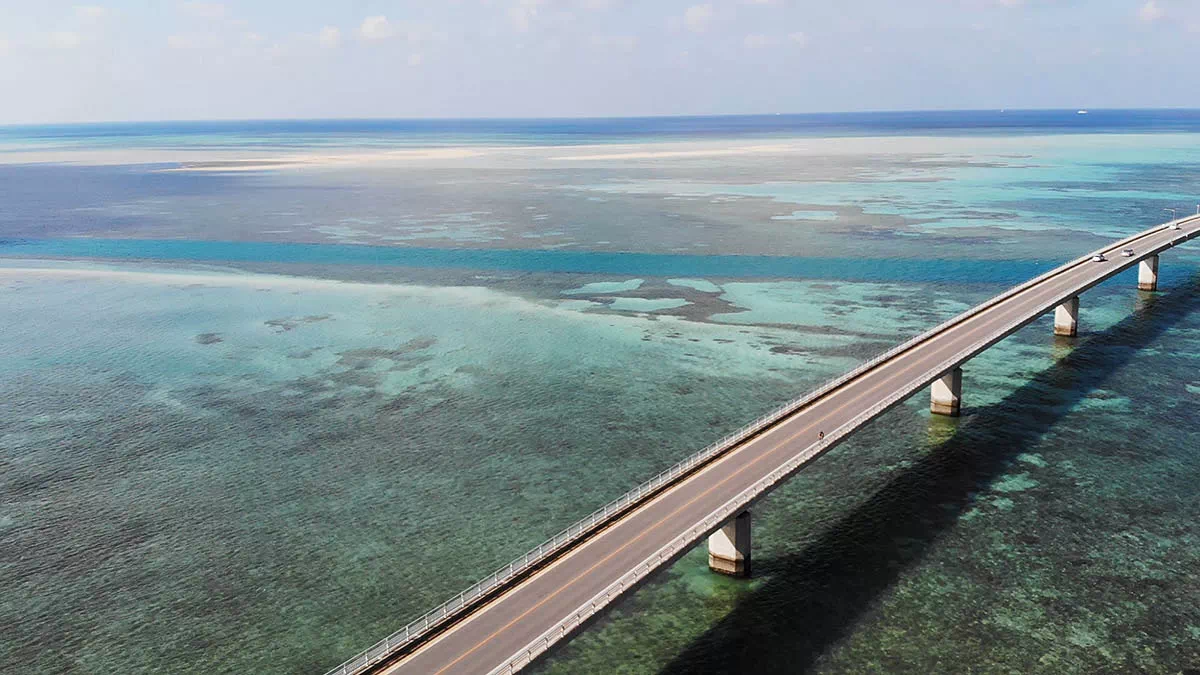
Crossing Irabu Ohashi Bridge, we arrive at our next destination, Irabu Island. For those wanting to get an extended dose of Miyako Blue, we recommend renting a bicycle to make the journey over the bridge. At 3,540 meters, it is the longest toll-free bridge in Japan. As you pass over the bridge you will see a variety of blues. Watching the sea transition from greenish blue to a deep cobalt blue is a treat in itself. Nothing beats the exhilaration of cycling in the wind embraced by the beautiful scenery.
As soon as you cross into Irabu Island, you will come across a mysterious statue that looks like a police officer. Maybe you have noticed similar statues while traveling around the island. This statue is called “Miyakojima Mamoru-kun.” The different statues stand guard at various places in Miyakojima City as a symbolic reminder of the importance of traffic safety. There are people so taken with these statues they visit them all during a trip to Miyako Island. Be sure to wave hello to Mamoru-kun as you pass to thank him for keeping you safe.
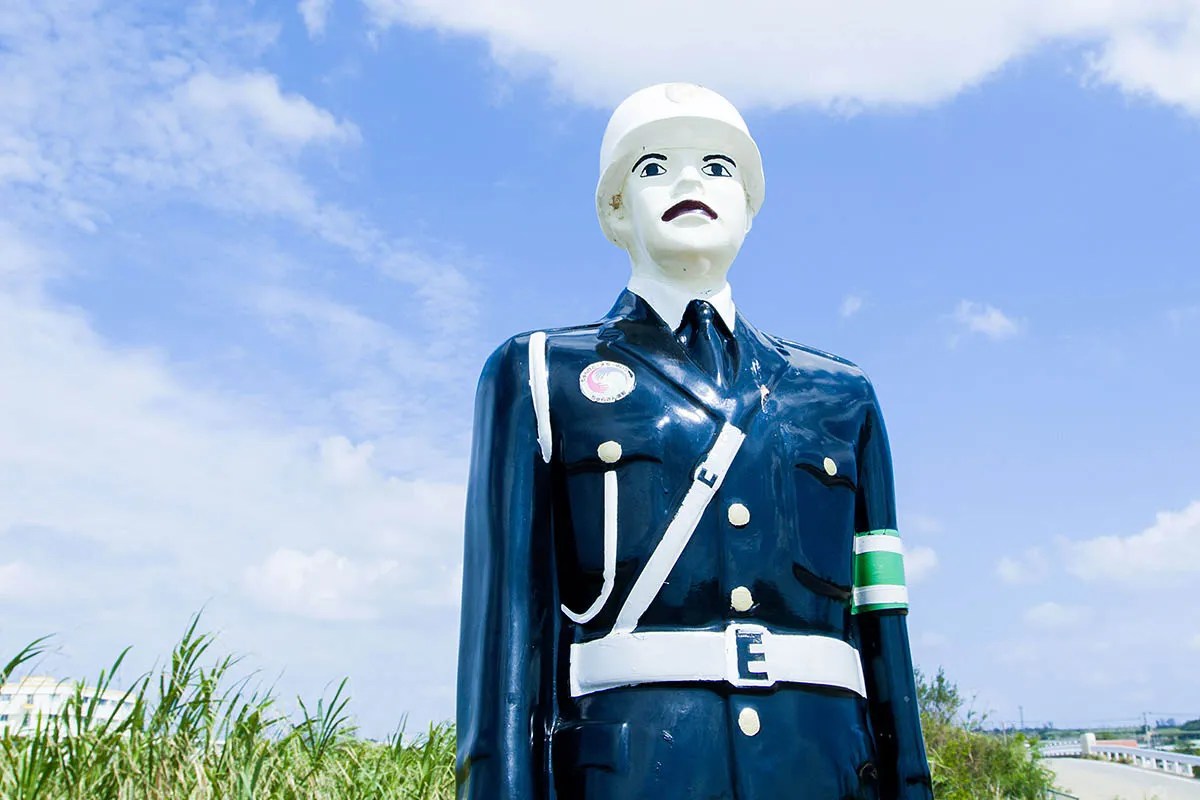
Driving west on Irabu Island, you arrive at Shimoji Island, home to a small international airport popular for dining and shopping. Another sightseeing spot on Shimoji Island is Toriike Pond, a body of water so unique it’s considered a National Scenic Spot, and is a designated Natural Monument. It’s actually two ponds that an underwater tunnel connects. The mysterious pond can appear cobalt blue, crystal clear, or jet black depending on the lighting conditions. Yet another underwater cave connects one of the ponds to the sea. The formation process of the ponds is considered scientifically interesting and valuable. Although it’s one of Okinawa’s most famous blue holes, few divers actually make the very difficult and dangerous dive. But it’s a place of beauty, where you can truly be in awe of the magnificence and danger of mother nature.
If you continue further north of Toriike Pond, you will come to 17END Beach on the perimeter of Shimoji Airport. Many people come here to enjoy the emerald green sea surrounding the foreshore and shallows while watching planes taking off and landing.
As its development progresses, Miyako Island will have an increasing number of visitors to this unique area. However, we would like to make sure that people fully appreciate the beauty and fragility of this unique environment. Remember, above all, it is most important to be safe and to do your utmost to protect the environment while visiting this special part of Okinawa.
Learn More
- SKYWAVE *only in Japanese
- Rakuen no Kajitsu *only in Japanese
- AQUABASE
- Utopia Farm Miyakojima *only in Japanese
- Shirou Farm *only in Japanese
- Association of Miyakojima sightseeing






















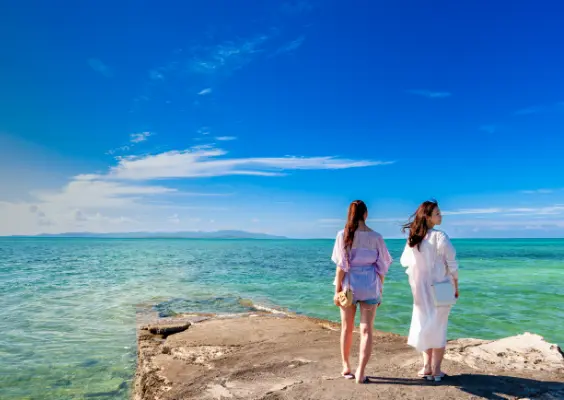
 Facebook
Facebook Twitter
Twitter Copy URL
Copy URL


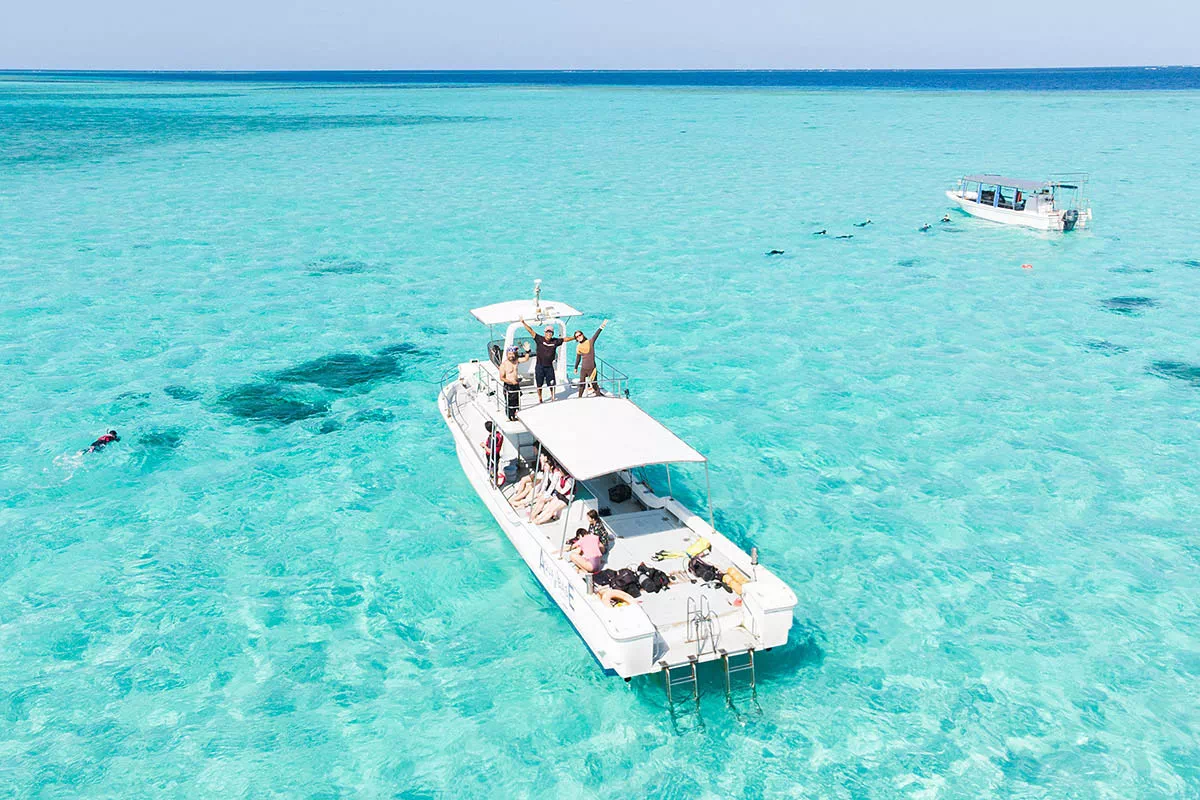
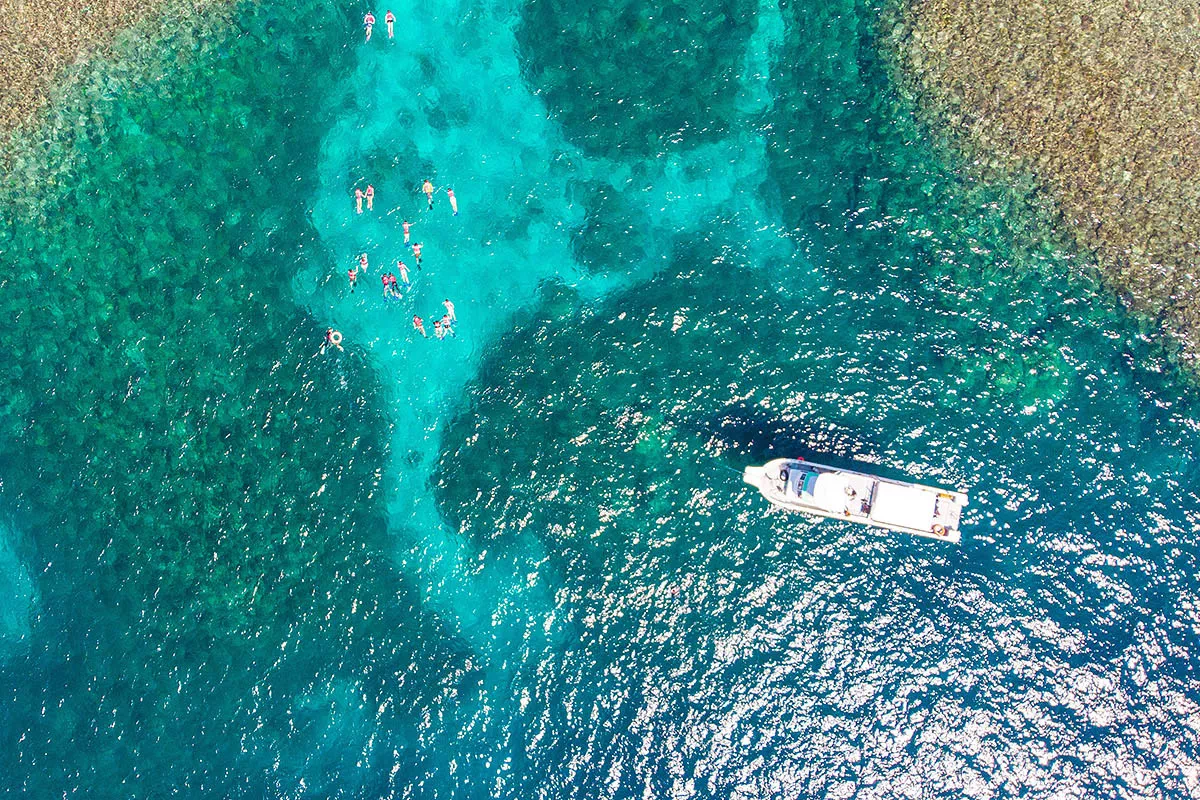
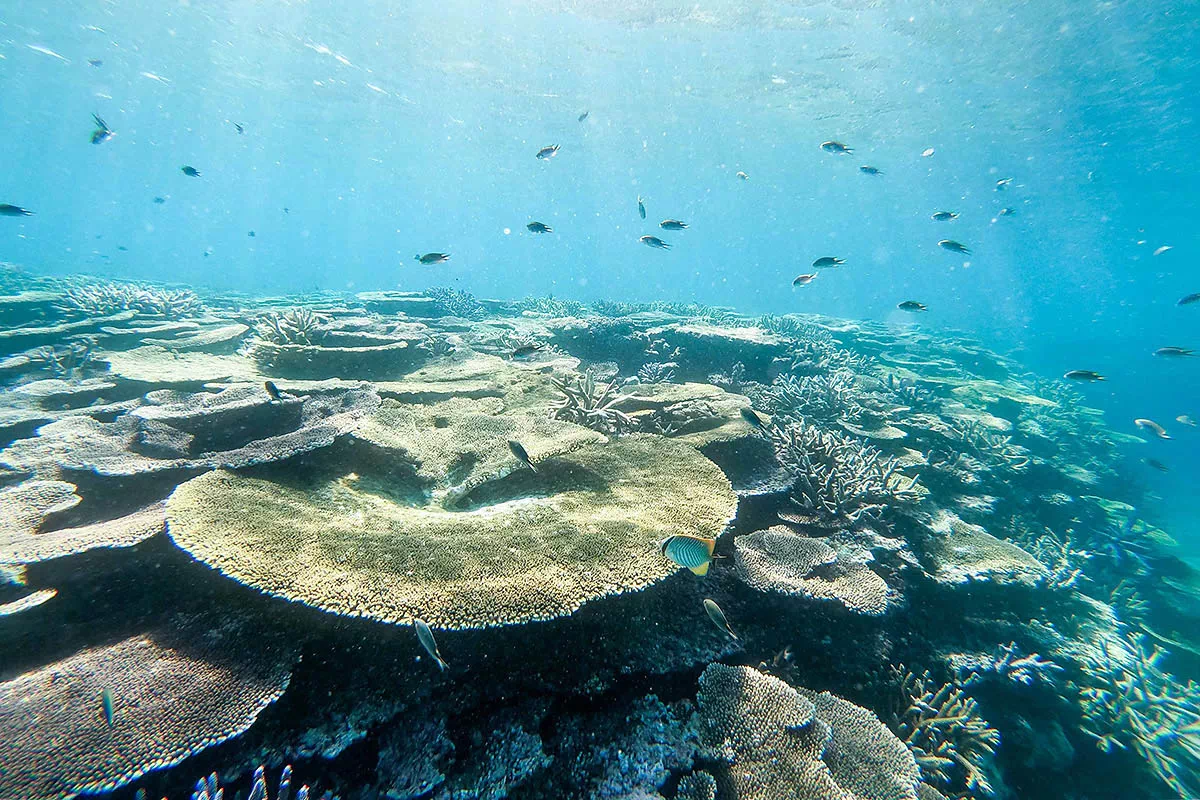
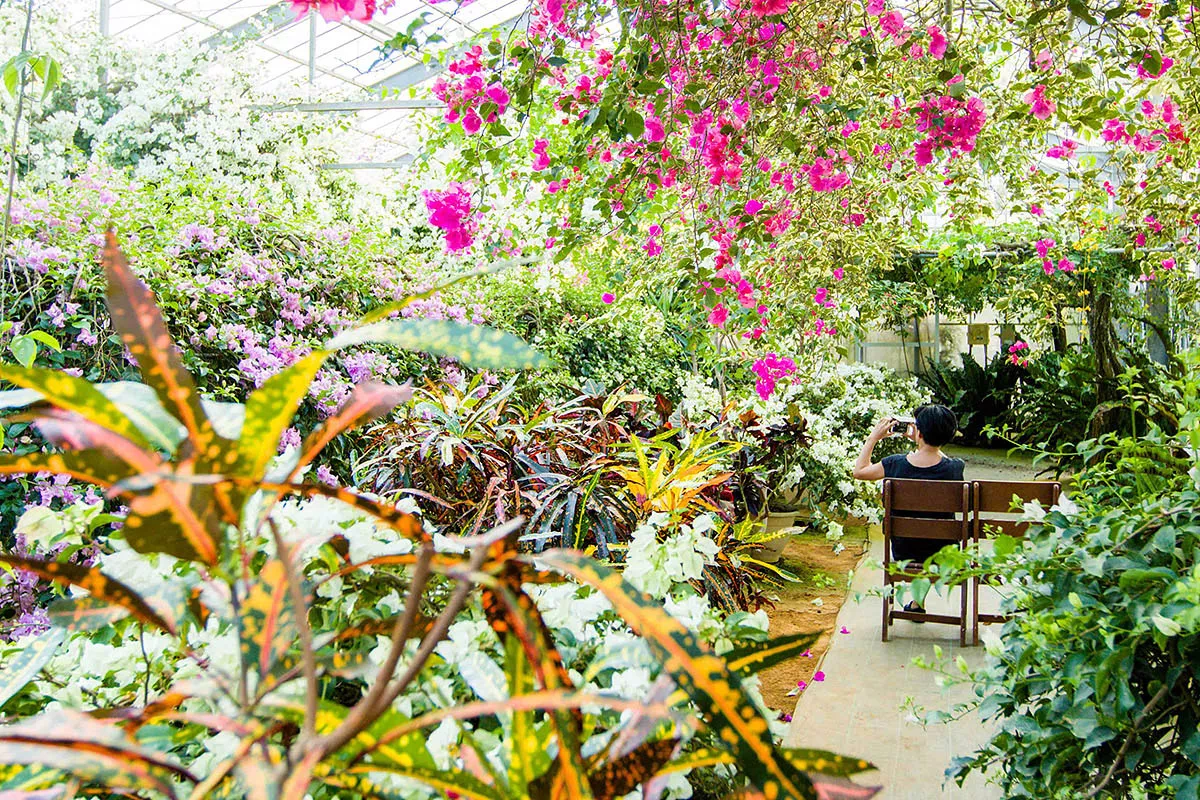
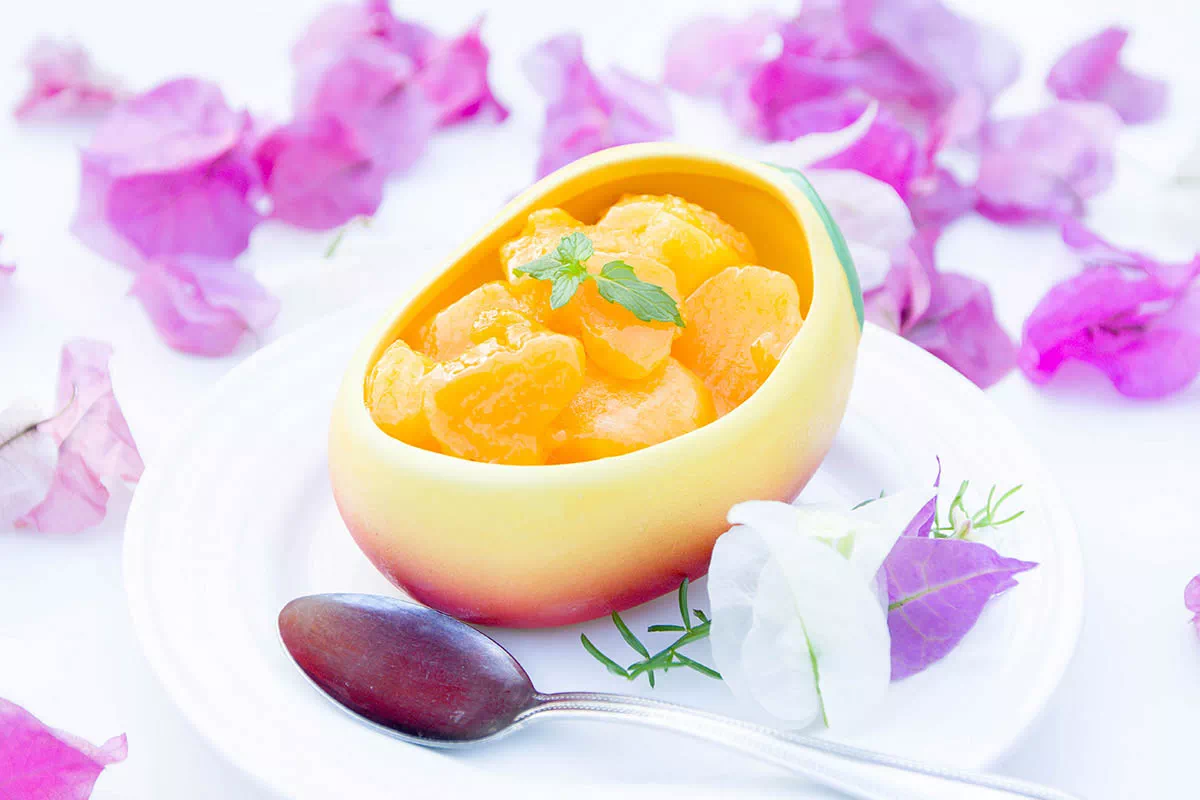
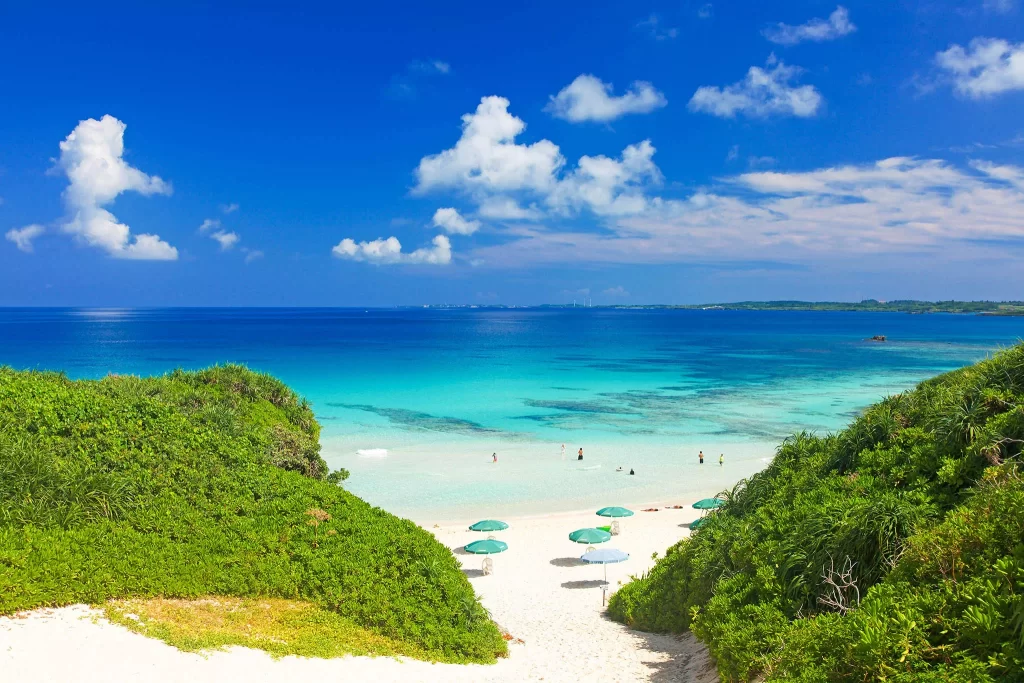
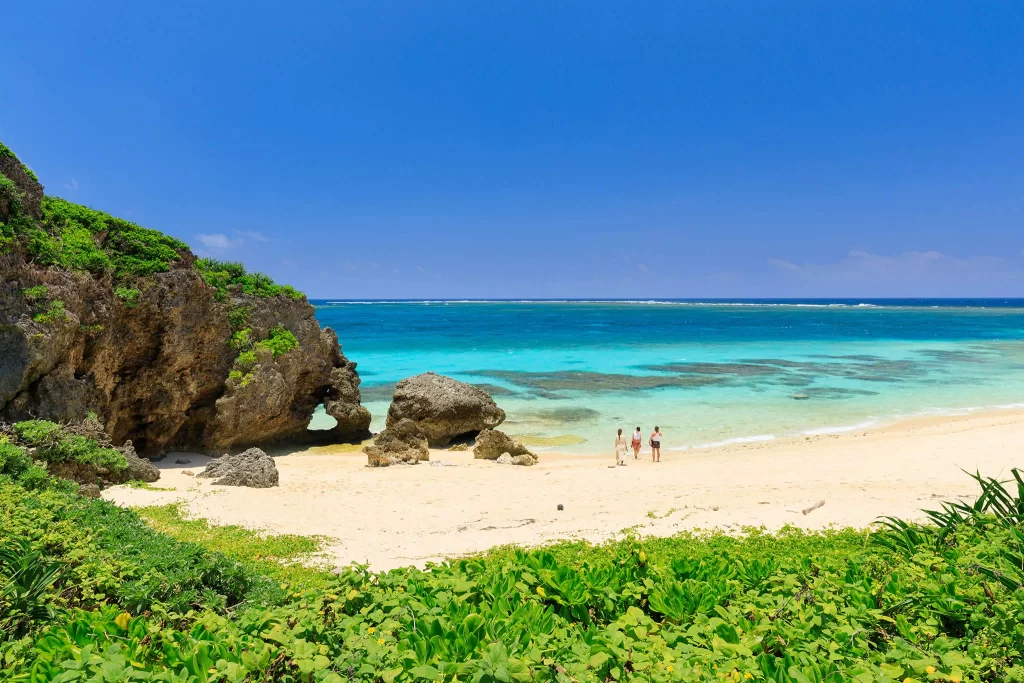
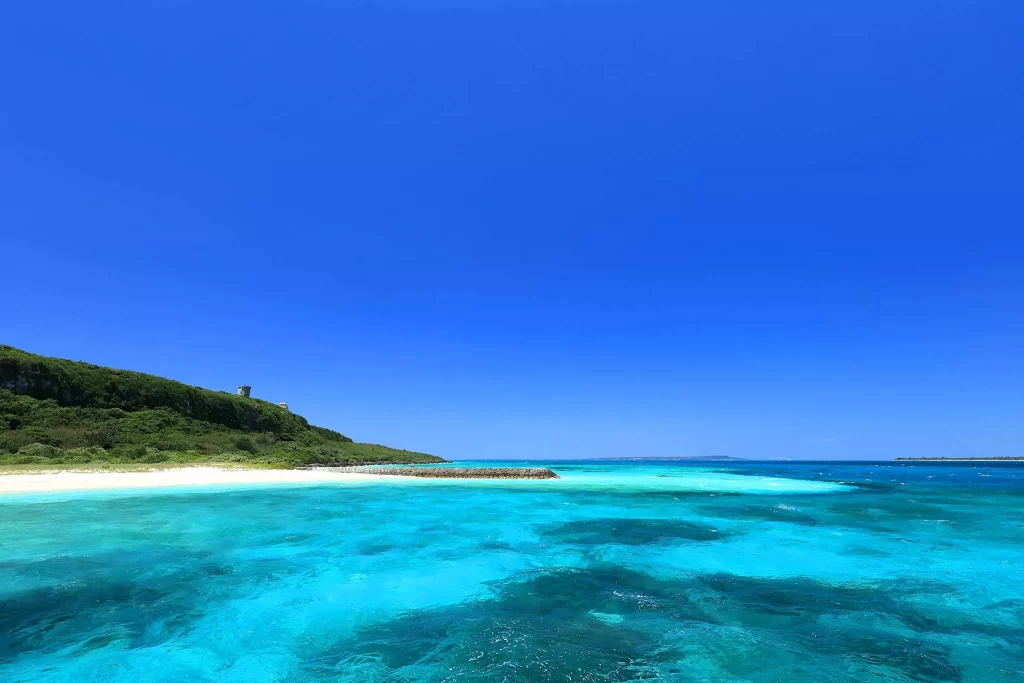
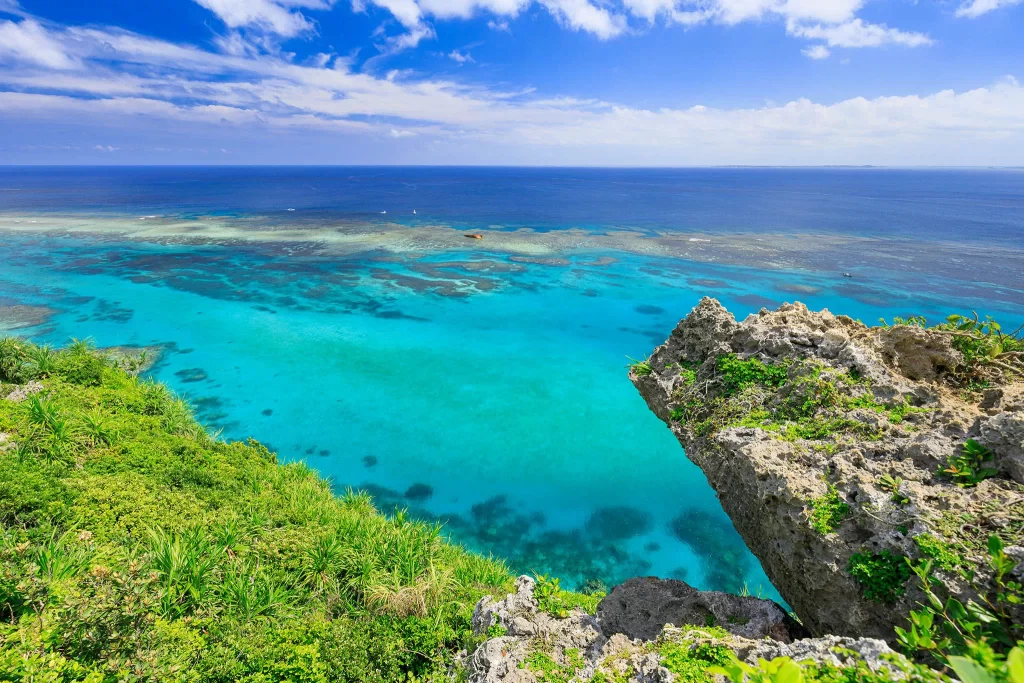
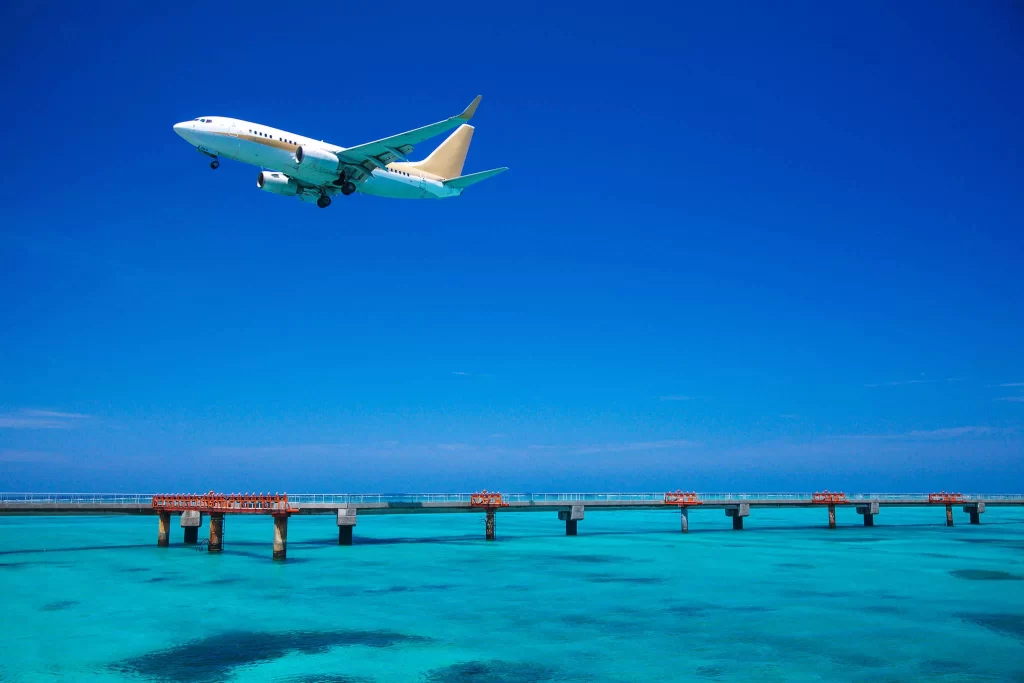
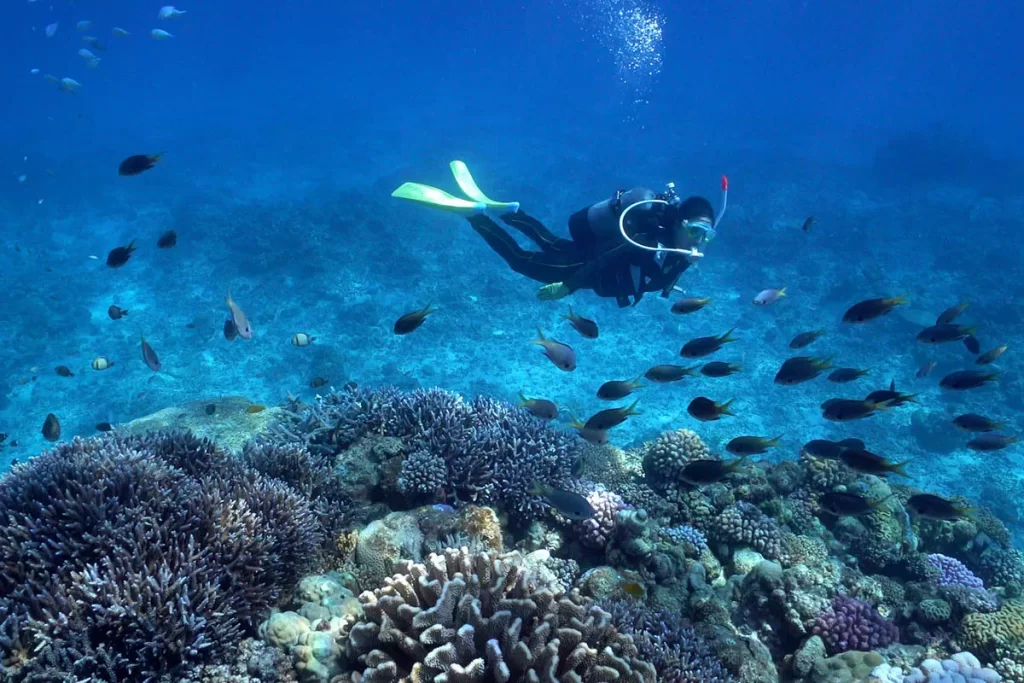
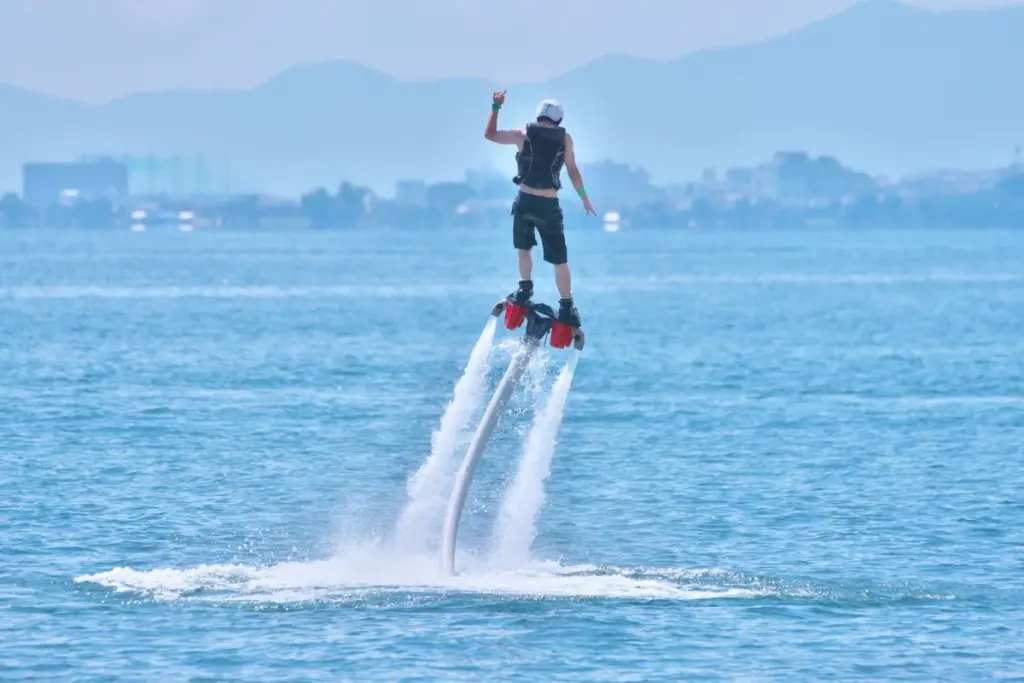

Last updated 2021/12/20
Text by Steve Jarvis
Steve Jarvis is a long-term resident of Japan who has recently relocated to the Okinawa Prefecture.